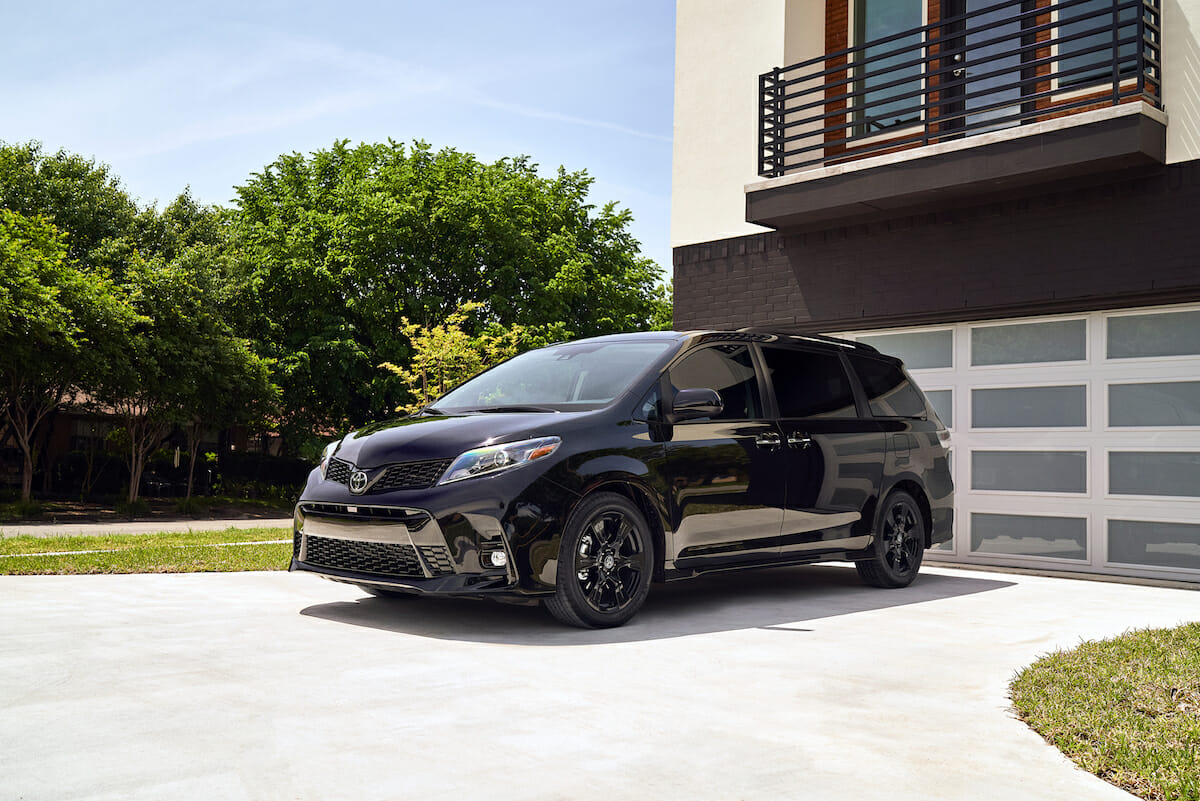Have you been thinking that it’s about time for a new battery for your Toyota Sienna? Whether your vehicle has been a bit slow to start lately, or you’ve been left stranded due to a dead battery, changing your own battery can be a great way to get familiar with what’s under the hood while also saving you money.

What’s the best battery for the Toyota Sienna?
The Duralast Platinum Battery 24F-AGM Group Size 24F 710 CCA is recommended for the Toyota Sienna. This battery offers a 100-minute reserve capacity, helping you feel assured that your Sienna will continue to run strong.
We’ll now explore everything you need to know about choosing a new battery, from understanding group sizes to deciding whether an aftermarket battery is a good fit for your needs. We know that it can be tough to understand all the jargon that goes along with figuring out what battery is the best fit for your Sienna, and we’re here to break it down, one step at a time.
Battery Group Sizes: What You Need to Know
The first thing you’ll need to consider in selecting the right battery for your Sienna is battery group size. Each group size corresponds to the space available under the hood for the vehicle’s battery.
As cars become more and more efficient, so does the utilization of space under the hood. Battery space is tight, and it’s key to have the right fit. Being off by even half an inch can mean your new battery won’t fit.
Common battery group sizes include 24, 24F, 27, 24, 35, H6 (48), H8 (49), 65, and 78. It’s not important to understand the meaning behind each number – just make sure you have the right one before you purchase a new battery.
Lead Acid, Lithium-Ion, or SLI?
After you know what size battery you need for your vehicle, you’ll need to decide what type of battery is the best fit for your needs. While all batteries for your Sienna will be SLI (starting, lighting, and ignition), you’ll have two choices: lead-acid SLI or lithium-ion SLI.
Most research suggests that lithium-ion batteries are going to become more popular than lead-acid batteries in the coming years. Lithium-ion batteries last longer, are more reliable and are better for the environment than their lead-acid counterparts.
One thing that stops some people from choosing lithium-ion batteries? Cost. Currently, lithium-ion batteries are more expensive than lead-acid batteries, but that may change over time as lithium-ion batteries become more popular.
OEM vs. AfterMarket: What’s the Difference?
Original equipment manufacturer, or OEM, parts are created by the maker of the vehicle. OEM parts come standard when you purchase a vehicle. Aftermarket parts are created by a company that creates automotive equipment meant for several different types of vehicles.
If you go to an auto parts store to purchase a part for your car, you’ll likely be choosing from a selection of aftermarket parts. If you go to a dealer for installation of a part, you’ll likely get an OEM part. Nothing is wrong with going aftermarket, but you’ll want to make sure that you do your research, ensuring that you choose a part that’s the right type and size for your vehicle.
If You Do Go Aftermarket, Here’s What We Suggest
Deciding to purchase an aftermarket battery for your Toyota Sienna? Here’s what we recommend:
- DieHard Gold Battery, Group Size 35, 640 CCA
- DieHard Gold Battery, Group Size 24F, 750 CCA
- Optima Red Top Battery, Group Size 35, 720 CCA
- DieHard Silver Battery, Group Size 24F, 650 CCA
- DieHard Platinum Battery, BCI Group Size 24F, 750 CCA, 935 CA, 130 RC
Photos: Toyota